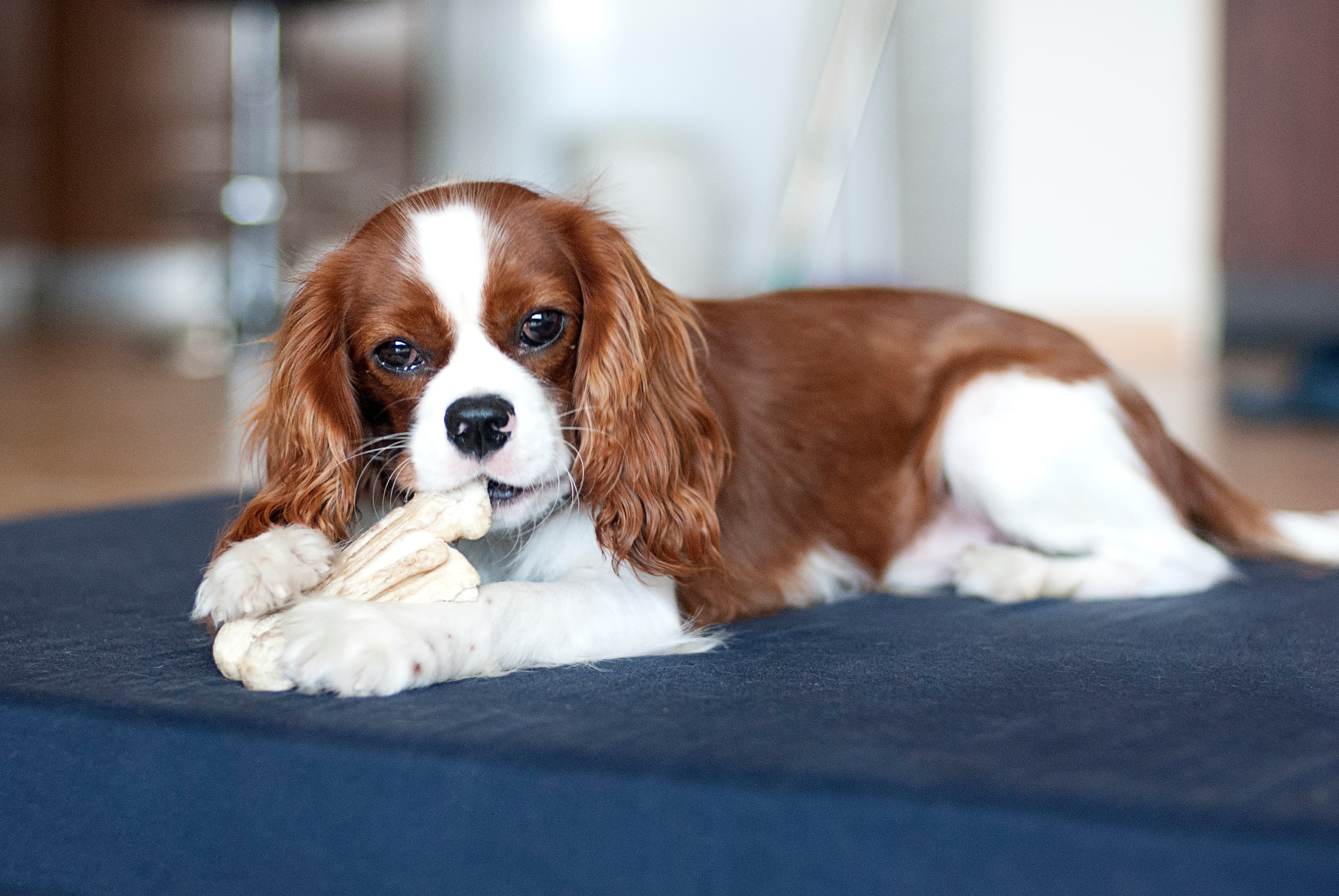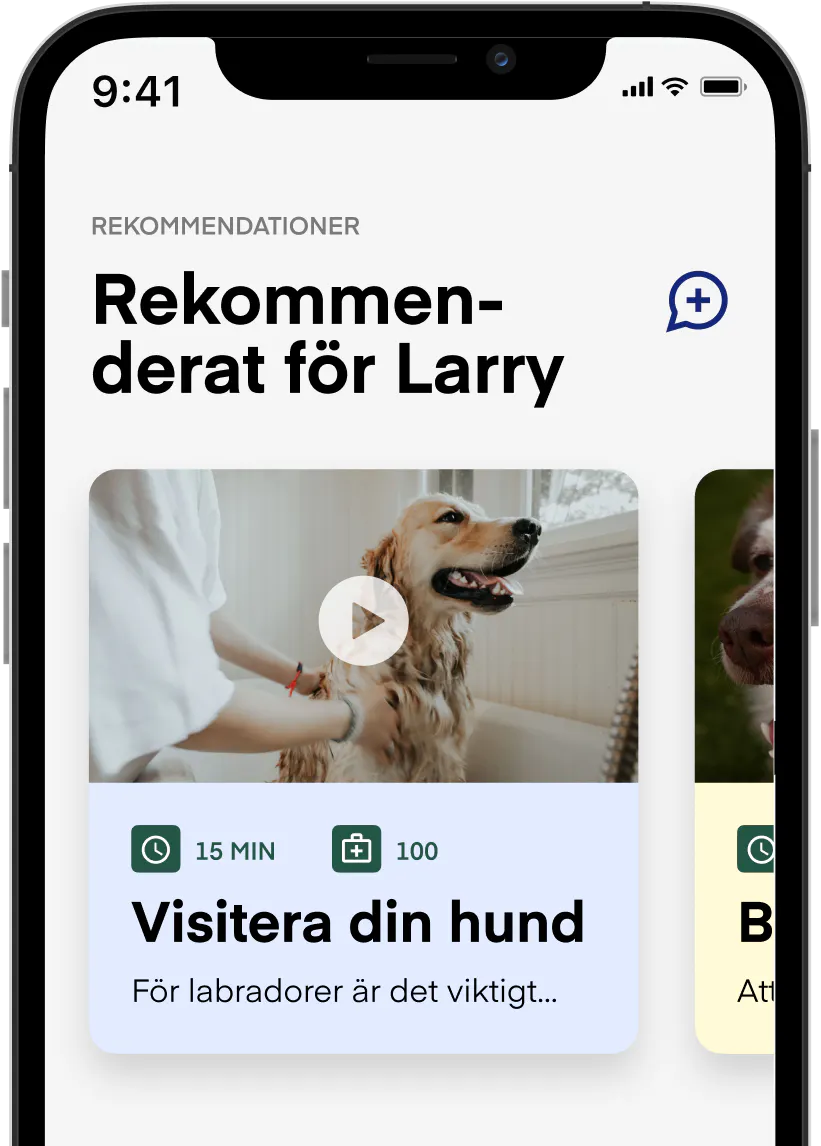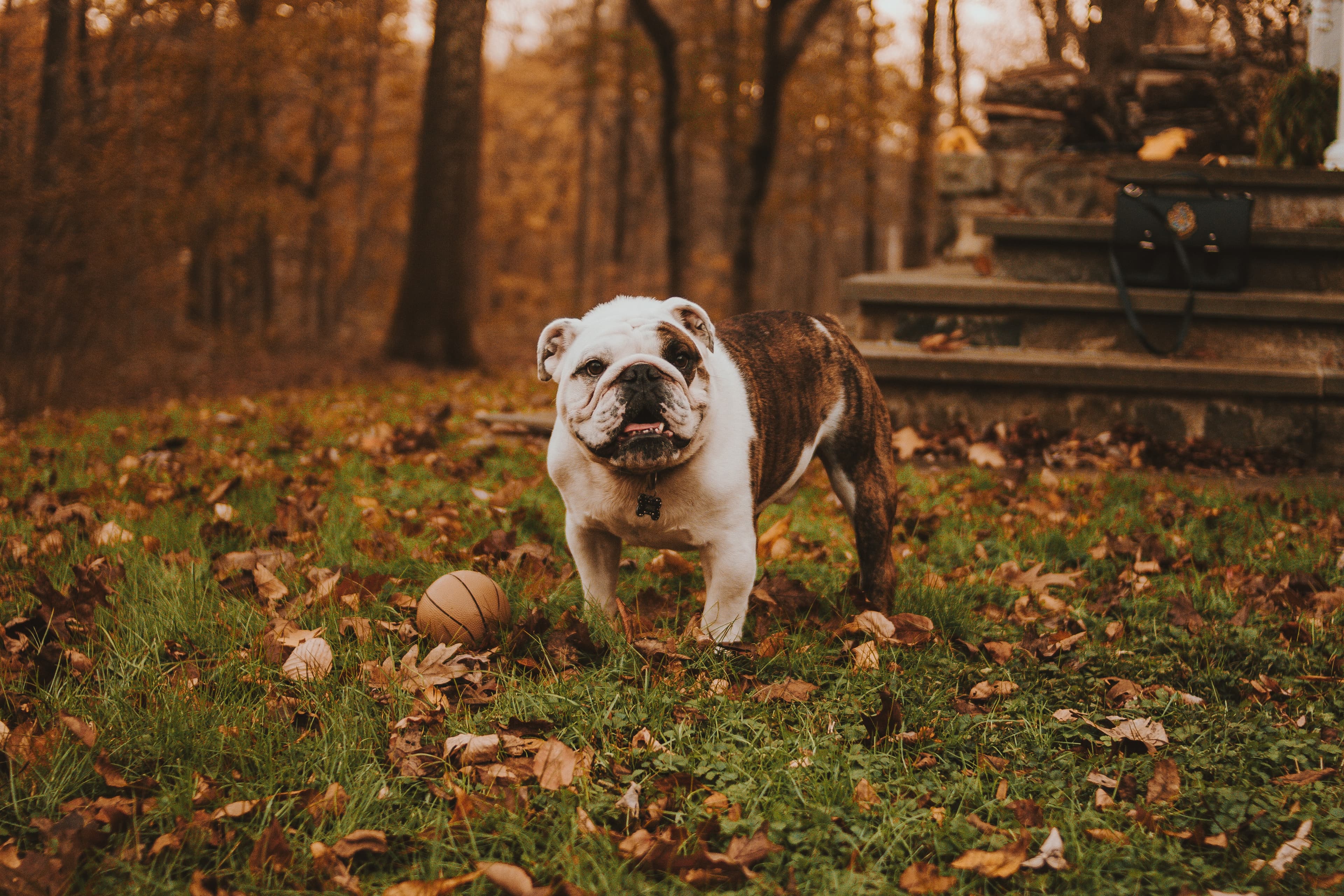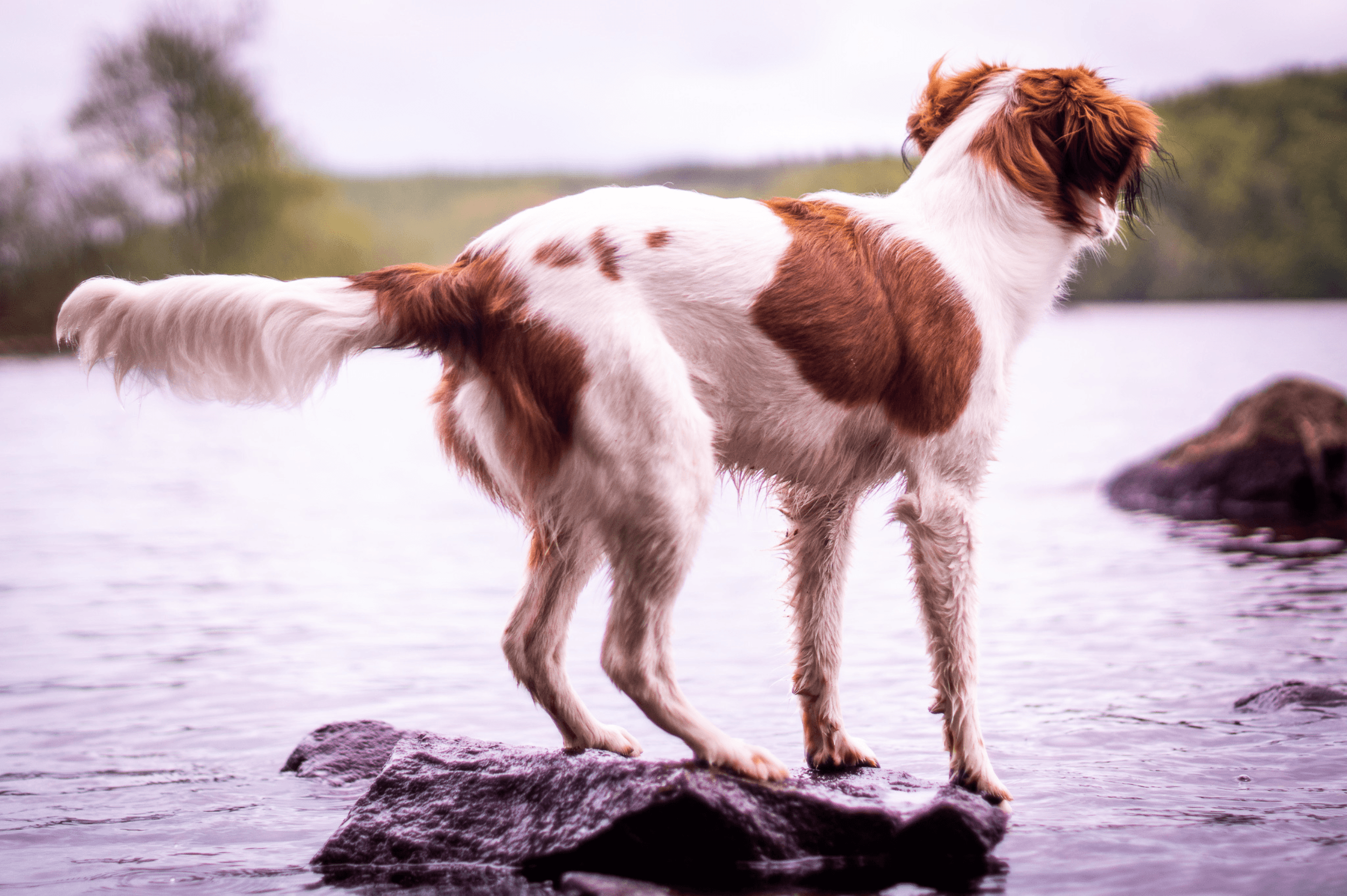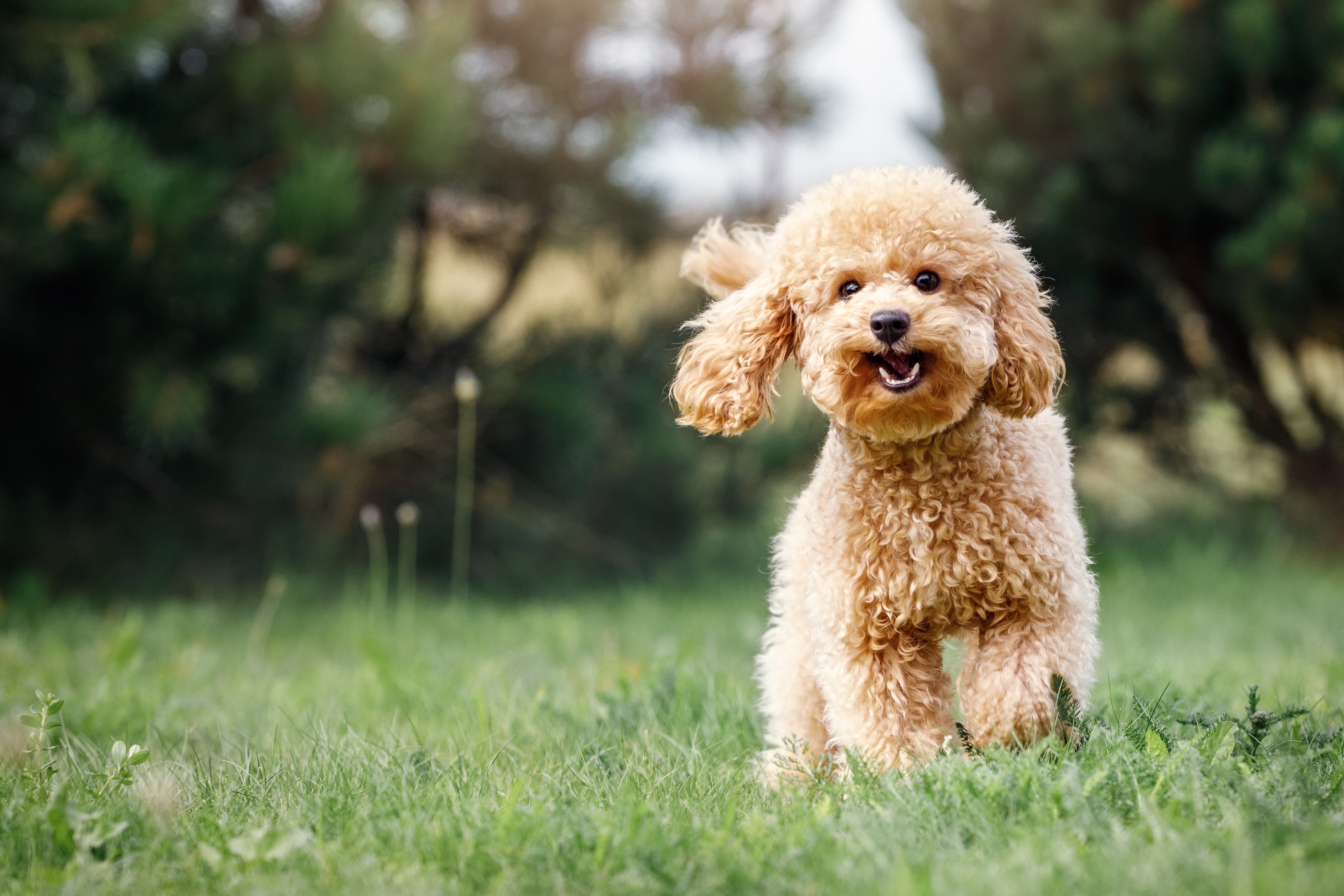The most common situations in which aggression occurs
When we say aggressive, many people think of a dog that growls, bares its teeth, lunges at an object or even bites an object, dog or human. Although aggression can express itself in these ways in dogs, it is important to find out the cause of the aggression. We will look at aggression from a few different perspectives and also give you information on what you can do if your dog displays aggressive behaviors in different situations.
What is dog aggression?
There is a clear reason why dogs show aggressive behaviour. Aggression is based on the fact that the dog wants to influence its situation in some way and wants more distance. Before aggressive behaviours appear, dogs communicate through aggression-reducing signals to avoid fights. We will look at this in more detail below.
Aggression is an emotion. As dog owners, we can see both triggers, such as a dog on a walk, and the reaction where your dog lunges at the leash and barks at the other dog. But we can't see the emotion. Reactions to the emotion aggression happen when the dog feels threatened or it is a learned strategy for your dog to get away from the situation it is in. Experience is key here, because if your dog can avoid a difficult situation by barking and lashing out, your dog will consider it a good strategy for the future.
Avoiding fights
Dogs are experts at avoiding fights. They do them by showing aggression-reducing signals. Examples include turning their head away from the other dog, walking in a circle around each other, sitting down and looking away. Body language here is a way for them to avoid fights. This is because fighting is very risky for the dog and can lead to death. Therefore, it is simply a survival instinct to show these behaviours to avoid being exposed to fights. Our dogs act in the same way with us. Therefore, if we are too harsh or ignore the dog's signals, we can create a situation where aggression manifests itself. It can then become dangerous if we also ignore the dog's aggressive behaviour. More on this in the next section.
Listen to the dog
Aggressive behaviour usually has a certain sequence before a dog bites. Usually, the dog growls, bares its teeth, chops the air before it bites in a pressured situation. This may differ slightly depending on the breed as some dogs are bred to guard the property and will act with it, another dog is bred to bite and will take to it quicker in the chain than a dog bred for completely different purposes. Regardless, it is important to always listen to a dog that is exhibiting aggressive behaviour. This means simply distancing yourself if, for example, the dog growls around its food bowl. This may prevent the dog from feeling the need to use larger signals to be heard.
Common situations for aggression
Resources
As mentioned above, a typical situation for aggressive behaviour is when the dog is guarding its food bowl, chew or toy. The dog sees a high value in the object it is guarding and therefore it is very important that we never take anything from a dog that exhibits these behaviours. We simply do not want the dog to experience a loss. It is also important to mention that the method where we pick up the food bowl and put it back down for small pups does not help us, but rather creates a dog that wants to guard its food bowl. So make sure you always leave the dog alone when it is eating its food or chewing on its chewing bones.
Pain
Pain unfortunately has a big impact on our dogs' aggressiveness. If you find that your dog has suddenly become aggressive, it is a good idea to visit a vet first to rule out pain. The dog simply doesn't want you to touch it and wants distance to protect its vicious body.
Leash
For many dogs, dog-human encounters are very uncomfortable, and usually this is linked to the dog feeling restricted by the leash. Dogs like to meet by taking a big circle around each other, using their aggression-reducing signals, and when we have them on a leash we reduce the chance of this. For dogs, going straight at and towards each other is very threatening and knowing this and watching your dog's body signals can help us help the dog in these situations.
Territory and areas
Dogs can feel threatened and guard their home, hall or property. Some breeds that are bred to guard will display these behaviours more strongly while other individuals may growl a little when a guest comes through the door. With that in mind, we can also help the dog to initially not be involved in the situation that it feels threatened in or train it to increase the dog's confidence and in some cases fears.
Prevention and training
In many cases, aggression is a sign of fear in the dog. That's why it's important to work on the cause of the problem and here are some concrete tips based on previous categories that can help you in the right direction. However, in cases of severe aggression problems, it is best to consult an ethologist or dog psychologist who works with reward-oriented training to help your dog.
Resources
The most important thing to remember with resource aggression is to never take food bowls, chew bones or toys from your dog. Then train your dog to be able to drop an object and then get something else instead so that you don't end up in a conflict over resources. If your dog is already showing aggression around the food bowl/chew, it is a good idea to give the dog its food and then walk by and throw treats as you approach the dog. This can make your dog not see you as a threat and not come at a loss when you approach.
Pain
If you suspect that your dog is in pain, the absolute best thing to do is to take it to a vet as mentioned above. Remember to touch your dog as little as possible to avoid being bitten.
Leash
The absolute best tip when your dog shows aggression in situations on the walk is to keep your distance. This means that it is not advantageous to just give the dog a treat, because sometimes we can accidentally distract the dog enough that it sees the other dog right at the meeting and ends up in a very pressured and difficult situation. So take distance, far distance, where your dog can feel safe. If you can't get the distance, it's better to turn the heel at an encounter. Something you can do in addition to distance is to gossip train with your dog.
Territory and areas
Depending on the situation, it may be best to simply not allow your dog to participate in the situation. A simple solution may be to train your dog to go to a room when there is a knock on the door. You can calmly invite your guests in and let the dog out when the guests are seated at the table. This is especially important for dogs that are bred to be on guard. Don't let them take the responsibility which can become a stressful situation. Dogs greet guests best when the room is calm and not in a stressful hallway.
Prevent at an early age
Be sure to socially and environmentally train your dog, but remember that quality is better than quantity. Build your dog's self-confidence to have a secure individual for life. Find harmony in everyday life together and provide your dog with opportunities for both physical and behavioural needs. You can read more about it in Balanced Everyday Life.
